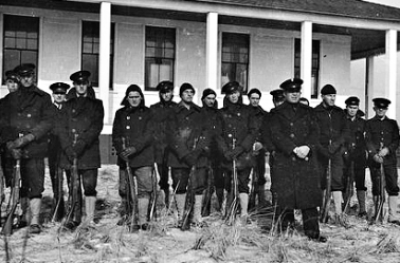Bubba Plays the Downs
Bubba Plays the Downs

Bill Clinton became the first-ever United States president to play golf at Montauk Downs in the state-owned course’s 87-year history on Aug. 20.
Mr. Clinton, who had celebrated his 68th birthday the day before, and his wife, former Secretary of State Hillary Rodham Clinton, are renting a house in Amagansett for August. They have spent the past several summers on the South Fork.
The former president played with two of his brothers-in-law and Virginia Gov. Terry McAuliffe, according to Thomas Dess, the state parks superintendent in Montauk. Governor McAuliffe was co-chairman of President Clinton’s 1996 re-election campaign and chairman of Mrs. Clinton’s 2008 presidential campaign.
“I don’t know of any other president who has played here,” Mr. Dess said. Mr. Clinton had shown interest in playing the Downs in the past, he said, but never got there until now.
Mr. Dess said the foursome kept a steady pace and did not hold up the golfers behind them, who that day happened to include members of the Downs’s men’s league, mostly Montauk residents. Kevin Smith, the course’s golf pro, accompanied the Clinton party as a caddy. They teed off at 11:45 a.m. and finished at about 4:20 p.m. There was no word on how the president fared.
Flanked by Secret Service agents, he greeted about two dozen onlookers after coming off the 18th hole. In answer to a question, he said he thought the course was “gorgeous” and called his round of golf “the perfect belated birthday gift.”
Mr. Clinton played the course wearing a baseball cap plugging his wife’s new book, “Hard Choices.” A few days earlier, on Aug. 16, Mrs. Clinton signed copies of the book for more than 1,000 fans at the BookHampton store in East Hampton.









